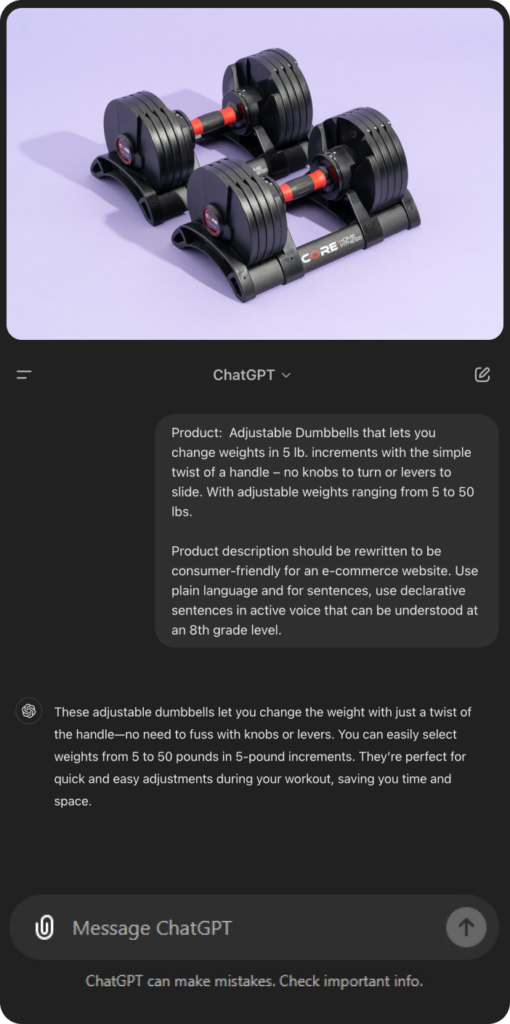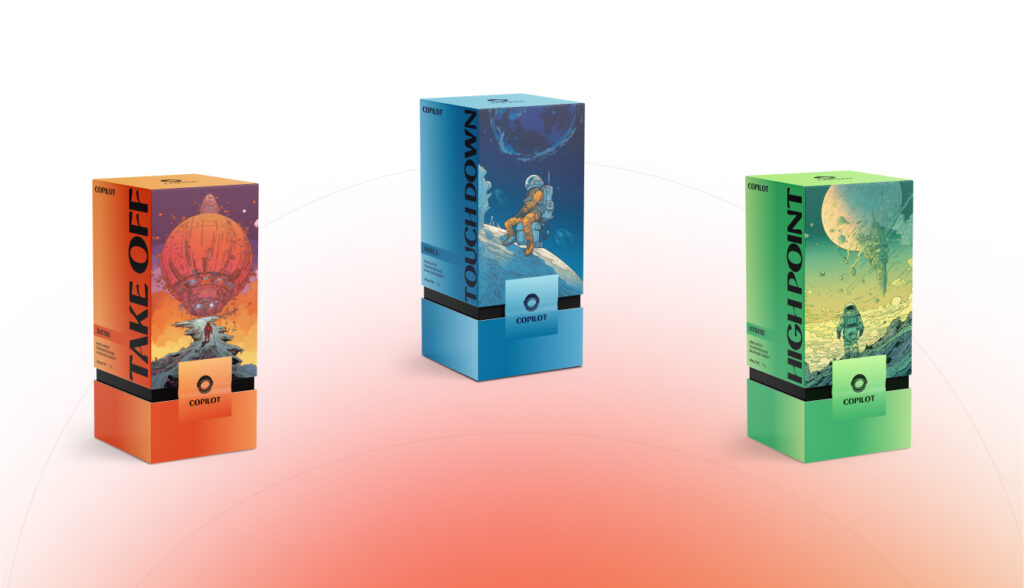AI for Marketers
AI has become a hot topic, with its transformative potential and associated risks widely discussed. In a recent survey, 98% of marketers reported using AI personally, but over 75% said their employers lack AI training programs. As a result:
- Nearly 60% said they’re still learning how AI works.
- Only 35% said they’re starting to prioritize and run AI pilot projects.
- And just 7% said that they’re developing and scaling AI.
Marketers understand AI’s importance but often lack the knowledge to implement it effectively, risking poor investments. This post aims to equip marketers with essential AI knowledge and demonstrate effective application within marketing strategies.
Before We Dive In Let’s start by covering some foundational concepts
What’s the difference between AI and machine learning?
AI combines technologies to mimic human intelligence, with machine learning being a crucial component. Machine learning uses algorithms to continuously improve by identifying patterns in large data sets autonomously. According to Google Cloud:
- AI: Enables systems to mimic human intelligence by sensing, reasoning, and adapting.
- Machine Learning: Allows machines to autonomously learn from data.
What is Generative AI? How is it different from “regular” AI?
Generative AI (GenAI), responsible for the recent surge in AI interest, differs from traditional AI by creating content like images, text, and videos. Tools like ChatGPT, DALL-E, and Google’s Gemini exemplify GenAI’s capabilities, personalizing user experiences to align with brand standards and customer needs.
A lot of people are talking about “LLMs.” What does that refer to?
LLMs, or “Large Language Models,” fall under the umbrella of GenAI. LLMs, such as ChatGPT and Gemini, are text-based GenAI tools pre-trained to understand language, unlike earlier models requiring extensive data scientist training. This pre-training enhances their accessibility and functionality.
Creating Content With Generative AI
To say that AI has a lot to offer within this realm is an understatement, there are dozens of practical applications for AI, and especially GenAI. We can break these down into five categories:
- Automated content: AI is revolutionizing content production by enabling faster and more efficient content generation, reducing manual effort and increasing scalability
- Content variety: AI can help generate a wide range of formats, including articles, videos, and infographics, suited for a range of audience preferences and channels
- Content quality: AI-powered tools help ensure that content is error-free, professional, and meets high standards by improving tone consistency and suggesting improvements
- Personalization: AI can tailor content to individual needs to help increase engagement, conversion rates, and customer satisfaction
- Insights: AI can shed light on performance, audience behavior, and trends. Using this data, brands can optimize content strategies, identify opportunities, and make data-driven decisions to improve overall content effectiveness.
For the purposes of this post, we’re exploring the applications where we see marketing teams reaping the most value, whether that’s in efficiency, customer conversions, business, or all of the above.
Creative Automation
“Creative”—whether that’s content, design, or advertising—offers marketers the chance to differentiate their brand. And, within the current market, personalization separates good from great creative
- 87% of consumers surveyed say relevant branded content influences how they feel about a brand
- 63% of consumers said they’d think more positively of a brand if it gave them content that was more valuable, interesting, or relevant.
Creative excellence drives traffic, interactions, and conversions within sales funnels. But it’s hard for the teams responsible for creative to deliver excellence when they’re also responsible for generating lower-funnel content intended to cast a wide, less-personalized net.
That’s where creative automation offers marketers a powerful advantage. This solution uses software to target key audiences with the right messaging at scale, enabling marketers to respond to changes in consumer behavior quickly and with highly personalized content created with the help of AI and ML.
Text at scale
Even without a bespoke solution like creative automation, marketers can still use free or subscription-based GenAI tools to create text at scale.
Within the scope of branded communications, there are many tasks that don’t require the nuance, skill, or creativity of copywriters.
Take product descriptions, for example. While they should be informative and accurate, product descriptions like these are more generic than nuanced. If a brand has hundreds of products, a copywriter could easily be spending a week or more writing all those descriptions—time and energy that they could otherwise devote to more creative content.

AI in action: Our work with ChatGPT and Home fitness client
Custom stock & product photography
When it comes to images and assets, it’s no secret: Better product images sell more products. That’s why using custom product imagery to showcase products in context or with supporting visuals can better grab user’s attention. However, constraints like budget, time, and scalability can make the photo shoots and touch-ups involved in standard asset production difficult—or impossible—to achieve.
This is where GenAI can save the day. When prompt engineering with an image generator out there, there are two main options:
- Prompt engineer yourself, iterating until your design teams find a winning formula
- Train ChatGPT to become your prompt engineer

AI in action: Our work with Midjourney and packaging design for a client
Improving acquisition and personalization through machine learning
Within this realm, AI is transforming marketing by utilizing customer data for better decision-making and precise audience targeting. Although content generators like ChatGPT get more attention, AI’s predictive capabilities in understanding customer behavior are equally impactful.
Targeting & hyper-segmentation
AI offers significant advantages in customer targeting, despite some marketers’ concerns over brand safety. Research highlights:
- 46% of organizations use generative AI for marketing and communications.
- 64% of consumers are open to AI-generated product recommendations.
- 62% are comfortable with AI in marketing, provided it doesn’t negatively affect their experience.
Personalized brand experiences
AI helps marketers predict purchase intent and tailor experiences accordingly. For instance, a hotel brand can customize user experiences based on their search behavior. These experiences are crafted using Concept Management Systems (CMS), which create dynamic consumer profiles and blend them with brand frameworks.
Conversational commerce
AI-powered conversational commerce uses chatbots, voice assistants, and messaging apps to offer real-time, personalized engagement. This approach meets the consumer’s demand for tailored information and integrates seamlessly into their product discovery journey.
Generative search experiences
The introduction of AI in search (e.g., Google Bard, Bing with ChatGPT) is changing how search results are generated, moving towards context-based results rather than keyword-based. Generative search, or Retrieval Augmented Generation (RAG), offers personalized recommendations based on user history and search context.
Looking ahead
Marketers should embrace AI by starting with low-risk applications, like generating ideas or content. When implementing large-scale AI projects, focus on high-impact goals in low-risk environments, preferably involving language over data.
When it comes to AI, strategy is just one area where Nika can help. We offer a variety of AI inspirations and if you’re interested, feel free to get in touch, and we would be happy to chat.